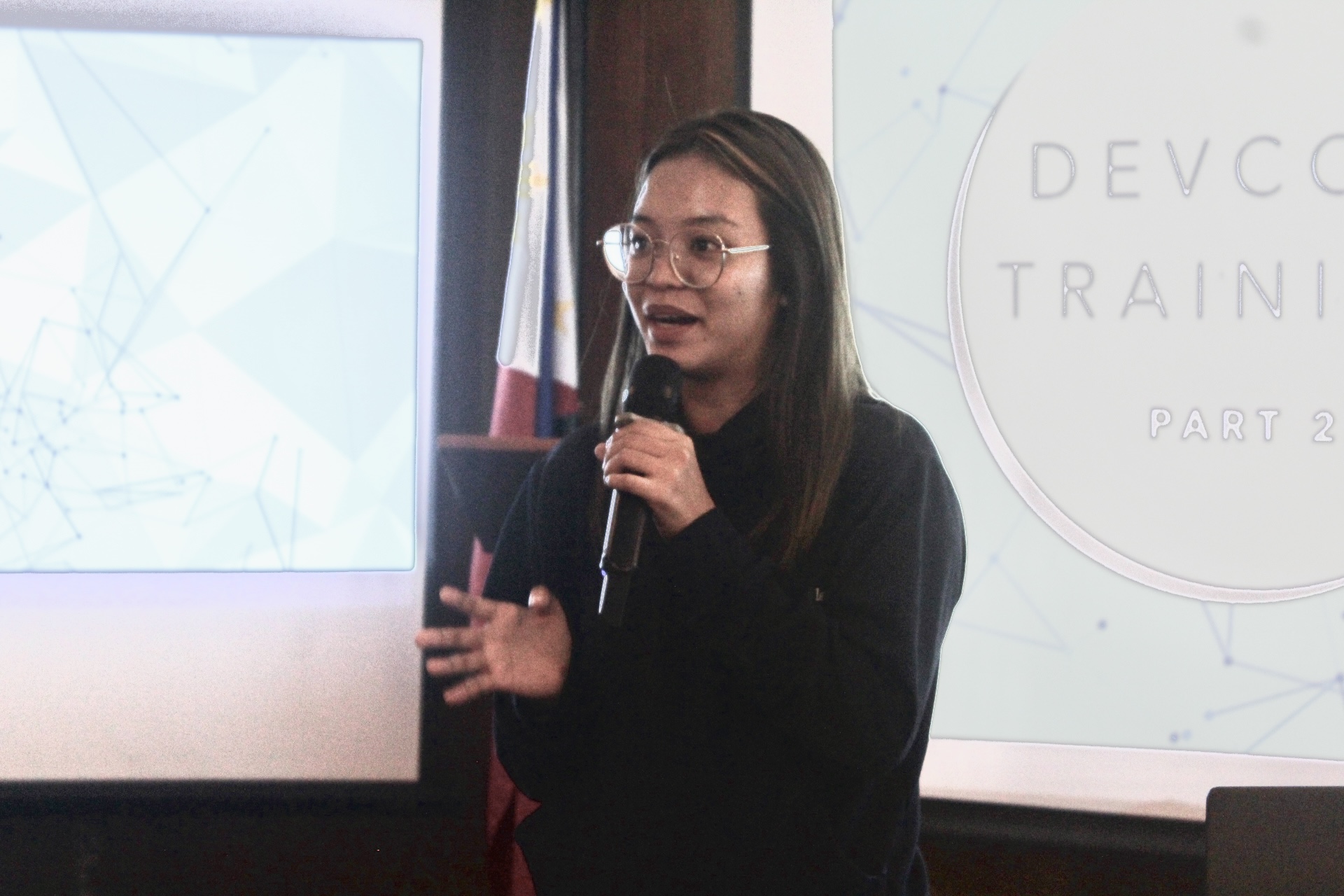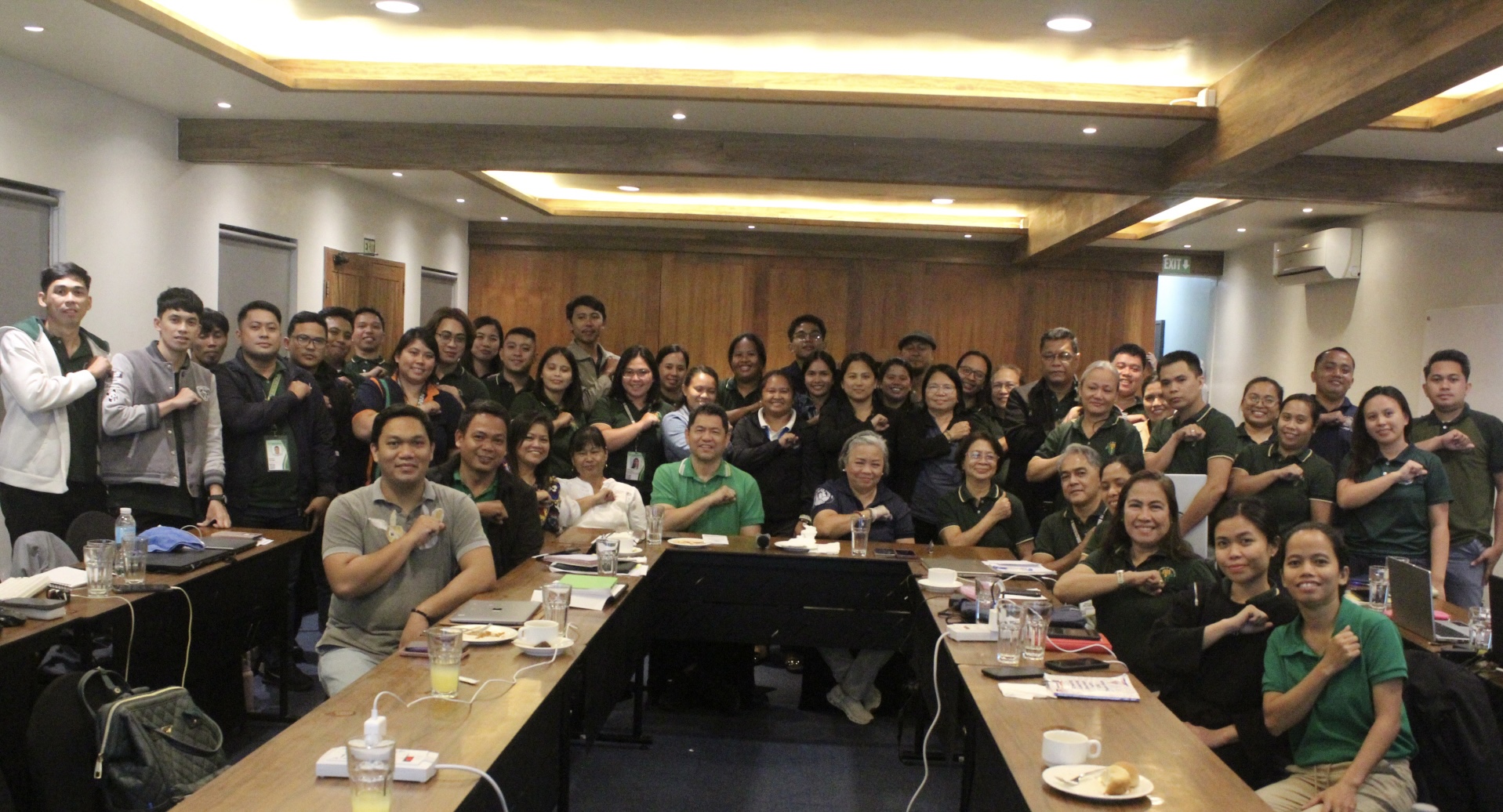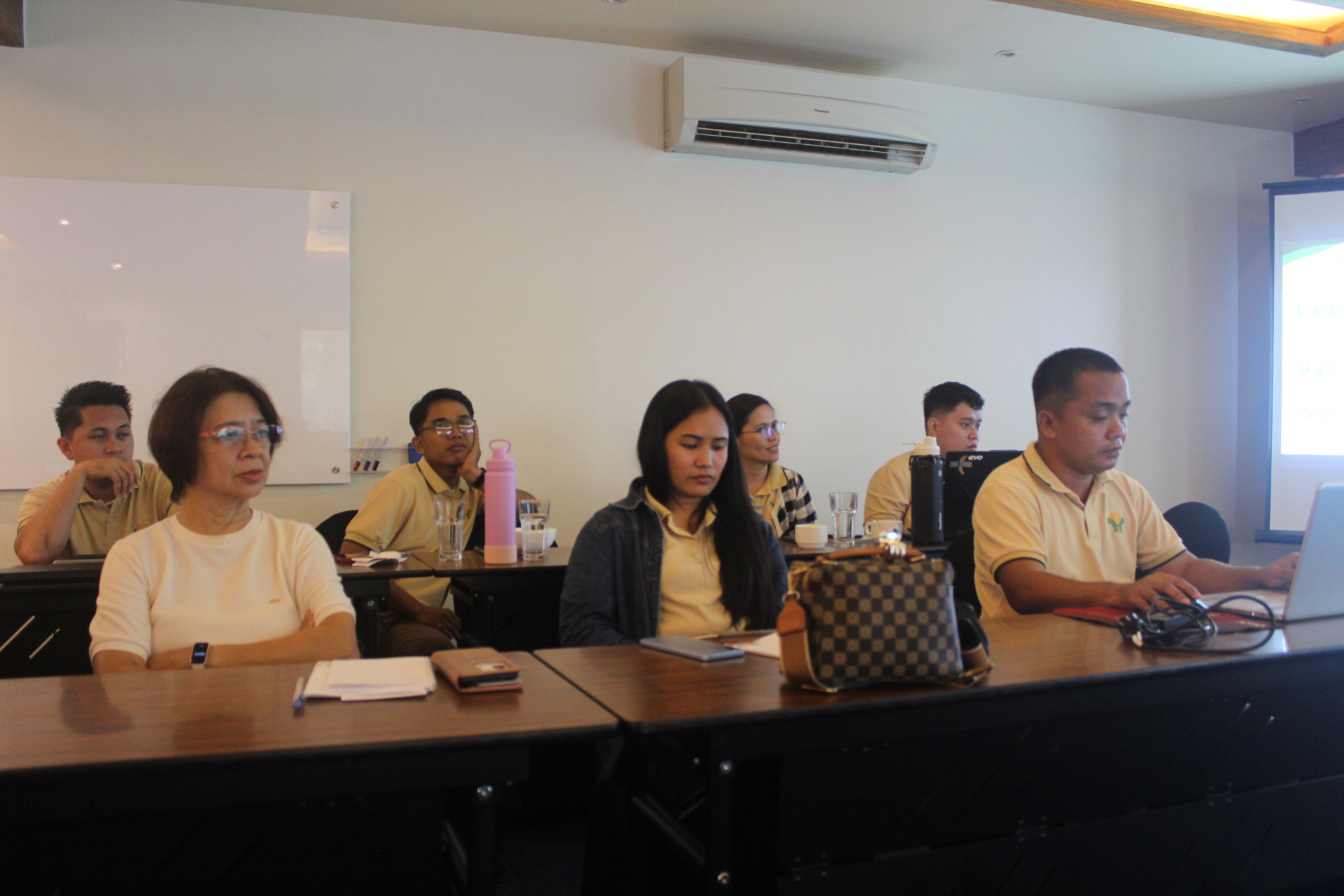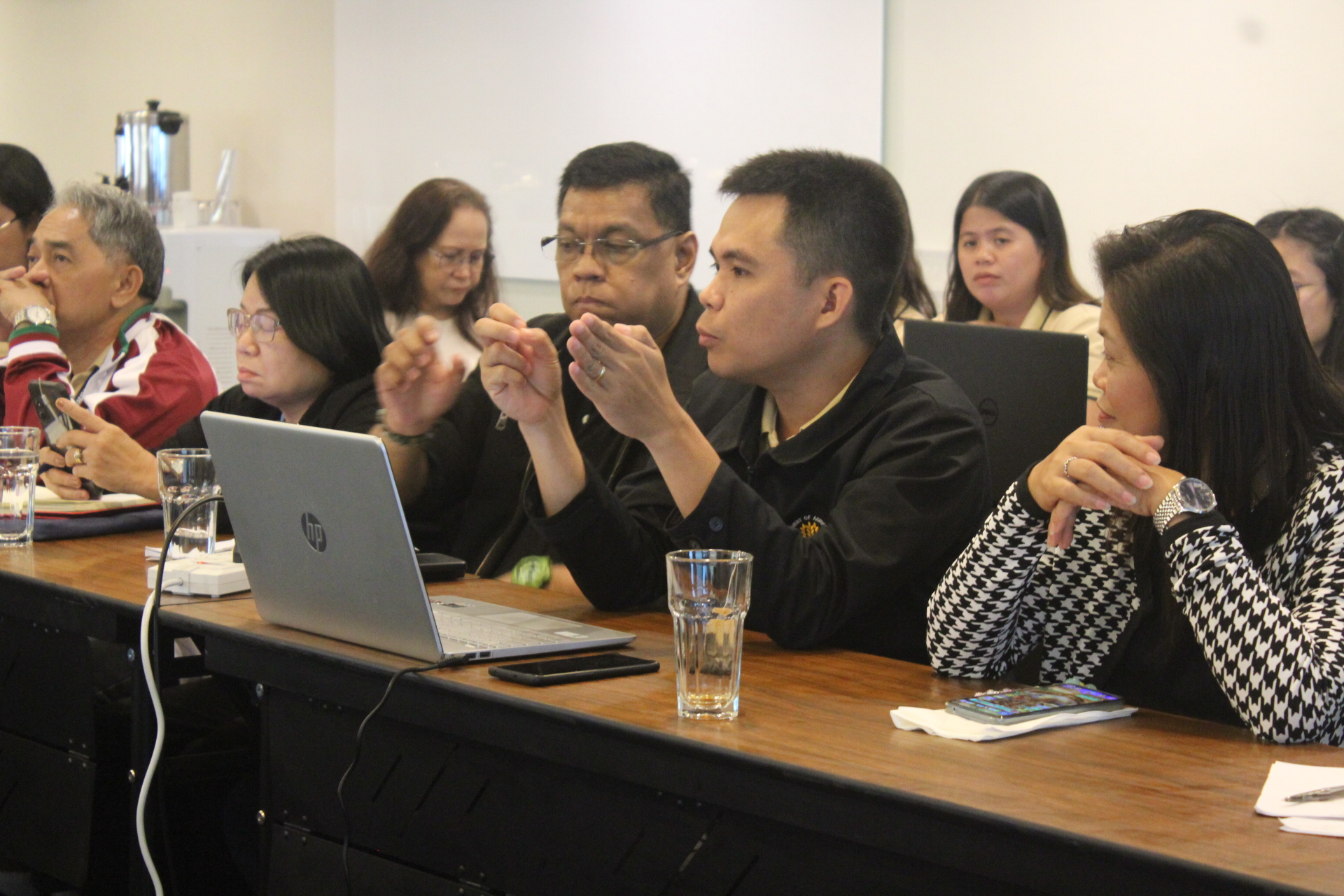To assess the progress and challenges of its projects, the Department of Agriculture – Special Area for Agricultural Development (DA-SAAD) Central Visayas held its Regional Mid-Year Assessment on July 28–31, 2025 in Bohol.
As of June 30, 2025, the program reported a 78% obligation rate amounting to Php 59.66 million, and a disbursement rate of 18.59% or Php 17.85 million.
Financial Accomplishment
For FY 2025, DA-SAAD Central Visayas has a total allocation of Php 96,030,000.00 for project and activity implementation. Of this, 78% or Php 59,658,088.12 has been obligated for the operations of the program’s four major components: Social Preparation, Food Production and Livelihood, Marketing Assistance and Enterprise Development, and Program Management.
The largest share went to Food Production and Livelihood, with Php 25,515,758.35 allotted for interventions benefiting farmer associations in the region.
The event also reviewed the status of SAAD-supported projects in Region 7, identified implementation issues, and recommended strategies for improvement.
Participants included DA Central Visayas Regional Executive Director Angel C. Enriquez, CESO III, Regional Technical Director Cirilo Namoc, members of the Regional Program Advisory Committee (RPAC), and SAAD implementers from Bohol, Cebu, Negros Oriental, and Siquijor.
Dir. Enriquez recognized SAAD as a program with effective strategies for delivering agricultural interventions to its beneficiaries and associations. She recommended that future assessments include on-site visits to gather direct feedback from beneficiaries about the interventions’ impact.
She also emphasized the importance of evaluating how the program improves the lives of its beneficiaries.
“Para makita gyud nato ang tinuod nga epekto sa atong programa, kung nalipay ba ang atong mga farmers sa mga trainings ug uban pang tabang nga ilang nadawat,kinahanglan nato masuta kung unsa ba gyud ang epekto niini sa ilang kinabuhi. Gamit ba nila ang ilang nahibaw-an? Mas napalambo ba nila ang ilang pagpanguma? O tinuod ba nga misaka ang ilang ani ug kita?”
(For us to truly see the real impact of our program, whether our farmers are satisfied with the training and other support they received, we need to determine how it has affected their lives. Have they applied what they learned? Has it improved their farming practices? And most importantly, has it really increased their harvest and income?)
Mark Rey T. Paguray, DA7 Chief of the Accounting Section, presented the proper method for calculating Return on Investment (ROI) using an accounting tool. He expressed hope that SAAD staff would receive training to fully understand and apply ROI computation. He stressed that using proper accounting techniques in program monitoring and evaluation would not only help staff measure project progress and profitability, but also guide farmers’ associations in practicing sound financial management for their community-based enterprises.
The mid-year assessment is expected to produce improved strategies and stronger support for SAAD beneficiaries in the remaining months of 2025.





